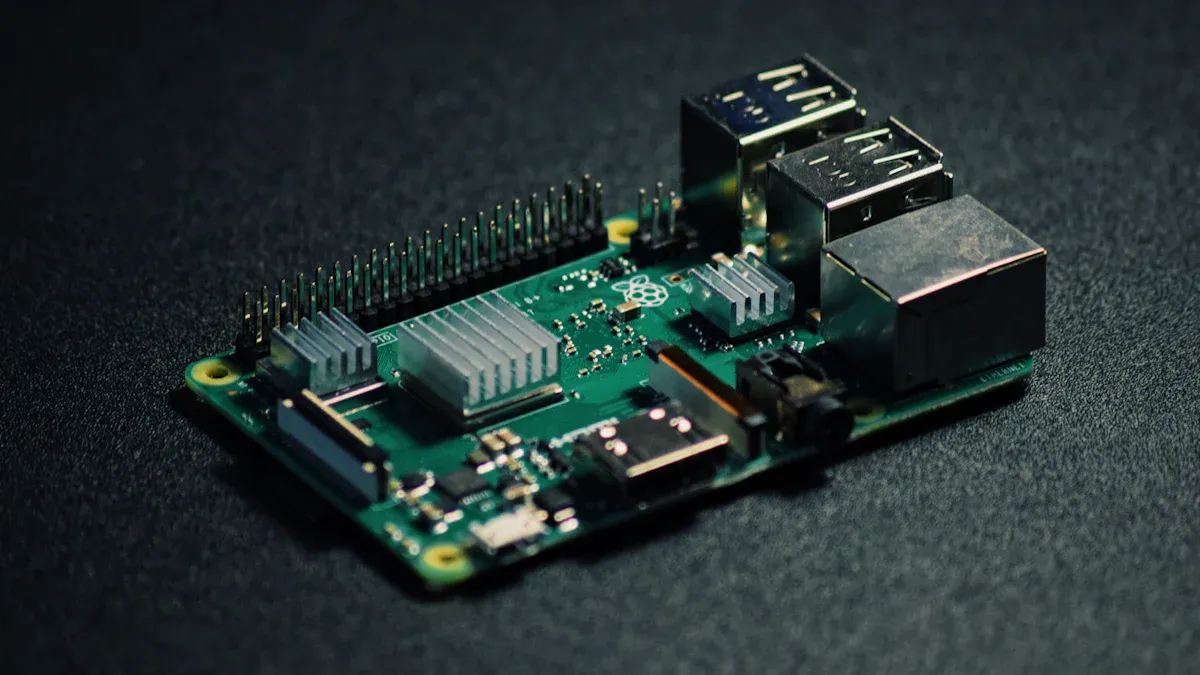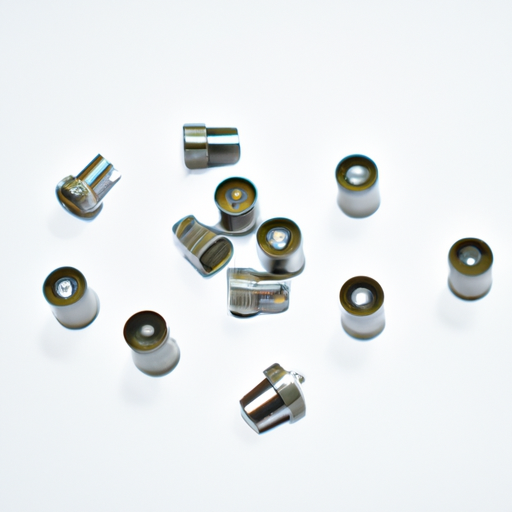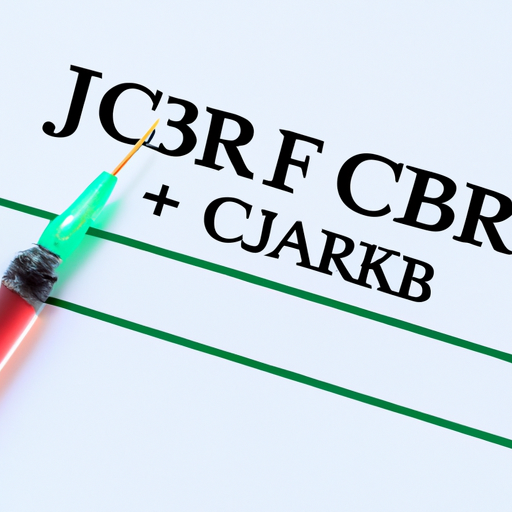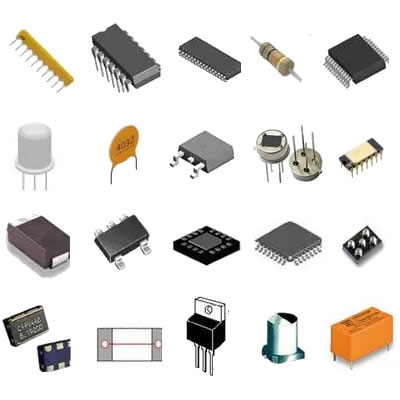What components and modules does the MM74HC4040N contain?
What components and modules does the MM74HC4040N contain?
The MM74HC4040N is a versatile IC that simplifies binary counting and frequency division. You can find it in applications like clock dividers, digital timers, and motor control circuits. Its components, including flip-flops and a clock input, ensure precise operation. These MM74HC4040N components make it essential for digital systems and educational projects.
Key Takeaways
- The MM74HC4040N is a 12-step binary counter. It helps with counting and splitting frequencies in digital systems.
- It has flip-flops for counting, a clock input to run it, and a reset pin to clear it. This makes it useful for many tasks.
- People use the MM74HC4040N for clock dividers, timers, frequency counters, and motor controls. It is very important in digital electronics.
Overview of the MM74HC4040N
### Purpose and functionality of the MM74HC4040N
The MM74HC4040N serves as a 12-stage binary ripple counter. It simplifies binary counting and frequency division tasks in digital systems. You can use it to count binary sequences or divide clock frequencies into smaller, manageable signals. This IC operates on the falling edge of the clock input, ensuring precise timing. Its reset pin allows you to clear the counter instantly, making it versatile for applications requiring periodic resets. The MM74HC4040N components, such as flip-flops and output pins, work together to deliver reliable performance in digital circuits.
Key features and specifications
The MM74HC4040N offers a range of features that make it suitable for various applications. Below is a table summarizing its key specifications:
| Parameter | Value |
|-------------------------------|----------------------|
| Counter Type | Binary |
| Counting Sequence | Up |
| Number of Circuits | 1 |
| Package / Case | PDIP-16 |
| Logic Family | 74HC |
| Logic Type | CMOS |
| Number of Input Lines | 1 |
| Propagation Delay Time | 210 ns, 42 ns, 36 ns |
| Maximum Operating Temperature | +85°C |
| Minimum Operating Temperature | -40°C |
| Packaging | Tube |
| Function | Counter |
| Mounting Style | Through Hole |
| Number of Output Lines | 12 |
| Operating Supply Voltage | 2 V to 6 V |
| Supply Voltage Max | 6 V |
This IC combines high-speed performance with low power consumption. It also maintains high noise immunity, making it reliable in noisy environments.
Applications in digital systems
The MM74HC4040N finds use in a variety of digital systems. Here are some common applications:
1. **Clock Dividers**: Reduces high-frequency clock signals to lower frequencies.
2. **Frequency Counters**: Counts pulses in frequency measurement devices.
3. **Digital Timers**: Tracks time in countdown or count-up modes.
4. **Sequential Logic Circuits**: Powers state machines and other logic designs.
5. **Motor Control**: Generates timing signals for motor operations.
6. **LED Sequencers**: Creates patterns for LED light displays.
7. **Test Equipment**: Produces precise timing signals for testing.
8. **Educational Kits**: Teaches binary counting and digital electronics.
These applications highlight the IC's versatility and importance in digital electronics.
MM74HC4040N Components and Their Roles
### Flip-flops: Enabling binary counting
Flip-flops form the backbone of the MM74HC4040N components. These bistable devices store binary data and toggle between two states, 0 and 1. Each flip-flop represents one stage of the 12-stage binary ripple counter. When a clock pulse arrives, the first flip-flop toggles its state. This change triggers the next flip-flop, creating a cascading effect. As a result, the IC generates a binary count, with each stage representing a higher power of two. This mechanism ensures accurate counting and frequency division in digital systems.
Clock input: Driving the counting process
The clock input plays a crucial role in driving the MM74HC4040N's counting process. It receives external clock pulses and initiates the binary counting sequence. Here's how it works:
1. The IC counts each clock pulse and updates the binary count on its output pins.
2. For example, if you apply a 1 MHz clock signal, the output at the 12th stage (pin 15) will produce a frequency of 1 Hz.
This frequency division capability makes the MM74HC4040N ideal for applications like clock dividers and digital timers.
Reset pin: Clearing the counter
The reset pin provides a convenient way to clear the counter. When you apply a logical high signal to this pin, all flip-flops reset to their initial state (0). This feature allows you to restart the counting process whenever needed. It proves especially useful in applications requiring periodic resets, such as frequency counters or sequential logic circuits.
Output pins: Accessing the binary count
The output pins give you access to the binary count generated by the MM74HC4040N. Each pin corresponds to a specific stage of the counter, from the least significant bit (LSB) to the most significant bit (MSB). The table below summarizes key features of the output pins:
| Feature | Description |
|-----------------------------|-----------------------------------------------------------------------------|
| Type | 12-stage binary ripple carry counter |
| Output Access | Outputs are incremented on the falling edge of the input clock |
| Reset Mechanism | All outputs reset to low by applying a logical high on the reset input |
| Number of Output Lines | 12 |
These output pins enable you to monitor the binary count and use it in various digital applications, such as LED sequencers or motor control systems.
Functional Modules and Operation
### Binary counting process using flip-flops
The MM74HC4040N uses flip-flops to perform binary counting. Each flip-flop represents one stage of the counter, storing a single binary digit (0 or 1). When a clock pulse arrives, the first flip-flop toggles its state. This change triggers the next flip-flop, creating a chain reaction. As the process continues, the IC generates a binary count across its 12 stages. Each stage corresponds to a higher power of two, allowing you to track the count in binary form. This mechanism ensures accurate counting for digital systems.
Frequency division mechanism
The MM74HC4040N also functions as a frequency divider. It reduces the frequency of the input clock signal by a factor of 2 for each stage. For example, if you apply a 1 MHz clock signal, the output at the first stage will have a frequency of 500 kHz. The second stage will output 250 kHz, and so on. By the 12th stage, the frequency will drop to 244 Hz. This feature makes the IC ideal for applications like clock dividers and timing circuits.
Interaction between clock input and reset pin
The clock input and reset pin work together to control the IC's operation. The clock input drives the counting process, incrementing the count on the falling edge of each pulse. When you activate the reset pin with a high signal, it clears all outputs to low. This action stops the counting process and resets the IC to its initial state. You can use this feature to restart the counter or synchronize it with other components in your circuit.
Cascading outputs for extended functionality
You can cascade multiple MM74HC4040N ICs to extend their counting range. To do this, connect the output of one IC to the clock input of the next. This setup allows the second IC to start counting only after the first IC completes its cycle. By cascading outputs, you can create counters with more than 12 stages, enabling advanced applications like long-duration timers or complex digital sequences.
The MM74HC4040N combines flip-flops, a clock input, a reset pin, and output pins to deliver binary counting and frequency division. Its versatility makes it essential in digital and timing circuits. You can use it in applications like:
1. Clock dividers for reducing high-frequency signals.
2. Frequency counters for pulse measurement.
3. Digital timers for countdowns or count-ups.
4. Motor control circuits for generating timing signals.
Understanding these components and their operation helps you unlock the full potential of this IC in your projects.
FAQ
### What is the maximum frequency the MM74HC4040N can handle?
The MM74HC4040N operates efficiently with clock frequencies up to 30 MHz. Ensure your input signal stays within this limit for optimal performance.
Can you use the MM74HC4040N with a 3.3V power supply?
Yes, the MM74HC4040N works with supply voltages between 2V and 6V. A 3.3V power supply falls within this range.
How do you cascade multiple MM74HC4040N ICs?
Connect the final output of one IC to the clock input of the next. This setup extends the counting range for advanced applications.






